Article arrow_drop_down

1
Drafted fourth overall in 2024, Kurtz stormed through the minors in just 33 games and then went on to deliver an all-time great rookie season — one that included a four-homer game that may rate as the best of its kind. His rise to stardom came so easily that he might seem like the obvious choice to go No. 1 at first base, but a bloated strikeout rate makes for a too-good-to-be-true quality that will give some drafters pause.
2
Guerrero just delivered what was pretty clearly the third-best season of his career, and while it made for a great batting average, the home run and RBI production didn’t measure up to those of a top draft pick, particularly at this position. It continues the trend of Guerrero never quite living up to our hopes for him, apart from that one magical 2021 season, and explains why I’m ranking him behind Kurtz.
3
After stumbling into free agency last offseason, Alonso worked to refine his swing and went on to deliver his best numbers since his rookie 2019 season, actually providing some help in batting average while getting back to delivering a huge RBI total. He’s expected to hit the open market again this offseason, which brings with it some uncertainty, but he’s done enough to distinguish himself from the Matt Olsons and Bryce Harpers of the world.
4
You couldn’t go wrong ranking either of the next two here instead, but Olson’s iron man status is the biggest differentiator for me. He’s played every single game four years in a row and seems motivated to keep the streak alive, ensuring big run and RBI totals. His home run output has disappointed the past couple years, but he still delivers some of the best exit velocities in the league and perhaps just needs to get back to pulling the ball more.
5
If we could count on Harper to play as many games as Olson, he’d have the edge, probably, but that’s just not the way things normally go. His batting average was below its usual standard in 2025, but not in a way that raises real alarm. In fact, there are surprisingly few signs of decline for a player entering his age-33 season, with the biggest being his too-frequent bumps and bruises.
6
Turns out leaving Boston may not have been the greatest thing for Devers’ Fantasy value. Sure, it secured him the first base eligibility that lands him a spot here, but he struck out nearly 30 percent of the time with his new club. That was up about 10 percentage points from his best years and continued a trend that began last year. He should still hang with the three ahead of him here in home runs, but he’s gone from being the safest batting average bet of the four to maybe the riskiest.
7
Freeman slipped from the 90th percentile range in all of the most critical Statcast readings to the 70th percentile range last year and remained there this year, suggesting that he really is on the decline at age 36. Perhaps being another year removed from ankle surgery can turn back the clock some, but realistically, you should expect closer to 20 homers than 30 and a batting average under .300 rather than over. Still pretty good!
8
The success Naylor had even while splitting his season between two difficult venues for home runs should give you peace of mind as he enters free agency. The stolen bases are probably going away, seeing as he’s in the bottom 2 percent for sprint speed, but even taking them off the table, the projected stat line probably isn’t so different from Freeman’s, just with fewer run and RBI assurances.
9
Pasquantino finally stayed healthy for a full season and went on to establish himself as one of the true standouts at first base. He’s not quite the on-base guy he was once billed to be, which limits his run-scoring potential and makes him no more of a standout in points leagues than standard 5×5, but he hit over .280 after April ended, with home run and RBI production that speaks for itself.
10
You’re more realistically drafting Rice to play catcher, where he also qualifies, but if he takes over as the Yankees‘ everyday first baseman next year, which seems likely with Paul Goldschmidt expected to depart, he could have the sort of breakthrough that would make him a surefire starter at any position. As solid as he was in 2025, he was one of the biggest underachievers by the Statcast readings.
11
The Tigers seemed prepared to move on from Torkelson following a disastrous 2024, but the former No. 1 overall pick put in the work to fix his swing in the offseason and went on to deliver his second 30-homer campaign in three. The batting average may always be lacking, but seeing as he’s a middle-of-the-order hitter on an expected contender, there’s enough to work with in Fantasy.
12
Like Rice, Perez’s place in Fantasy is at catcher, and he’s been around long enough that you should know that already. He’s been remarkably steady for a player with so much mileage at that position, consistently delivering some of the best home run and RBI totals for a catcher. The emergence of Carter Jensen may extend his career further by freeing him up to play more first base and DH.
13
The broad takeaway from Soderstrom’s 2025 is that it was a breakthrough season, but there was no consistent through line. It began with him hitting nine home runs in April and ended with him batting .327 in August and September. His fly ball rate basically collapsed, which seems like a negative development, but the overall trends were positive enough for you to trust in the 23-year-old to further optimize his swing in 2026.
14
Busch cooled off in the second half, like seemingly every Cubs hitter, but still managed to reach 30 homers in his sophomore season. It’s a little clearer what he brings to the table than what Soderstrom does, but being four years older leaves less to dream on. It’s also unclear at his age that he’ll ever get to break free of a platoon role, being a left-handed hitter who struggles against left-handers.
15
For the second time in three seasons, Yandy Diaz set a career high in home runs, and because he’s always profiled well for batting average, he’s a borderline stud when he’s putting the ball over the fence. The problem is that he only did that at George M.Steinbrenner Field, the Rays‘ temporary home with a short porch in right field that plays perfectly to Diaz’s opposite-field tendencies. You should expect him to lose as many as 10 homers back at Tropicana Field next year.
16
Aranda had it, finally, after years of injury fakeouts and missed opportunities, looking like a legit batting title contender as he shredded his way to the All-Star game, but then a fractured wrist cost him nearly the entire second half. The incomplete grade brings continued skepticism, particularly since his strikeout rate runs a little high and he hasn’t totally whipped the platoon issue, but on the plus side, the data suggests he hasn’t fully delivered on his power upside yet.
17
While a shoulder injury at the start of the year cost him favored status in Fantasy and certainly inhibited his production, Steer quietly guided the ship away from the rocks and back on the proper course, to the point that his 2025 stat line was in many ways better than his 2024 stat line. As long as he stays in Cincinnati, which is critical for his power production, he should live up to this ranking, and if he gets back to stealing bases, even better.
18
The loss of catcher eligibility greatly reduces Contreras’ utility for Fantasy, but he’s a good enough hitter to be startable at first base, regularly delivering a .260 batting average with 20-plus homers. Those numbers do less to distinguish him here than at catcher, but his everyday role still counts for something, particularly in points leagues, as we enter a stretch of first basemen with platoon concerns.
19
“Platoon concerns” may not apply to Burleson in the strictest sense, seeing as the Cardinals are willing to start him against lefties, but he’s part of a crowded first base/outfield/DH situation that may not be resolved in the offseason. There’s a chance for real batting average help here, and with consequential power, but between the low walk rate and shared playing time, the counting stats likely won’t be anything to write home about.
20
This final spot comes down to Manzardo and Triston Casas, and while my knee-jerk reaction is Casas because I’ve so long regarded him as the next big thing at the position, the truth is that after two injury-ravaged seasons, he’d be fortunate to deliver the sort of stat line Manzardo just did, approaching 30 homers with a suspect batting average while filling a fairly straightforward platoon role.

This news was originally published on this post .







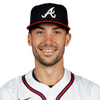

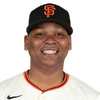
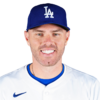
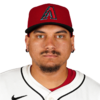

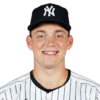
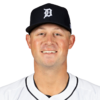
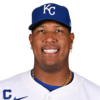


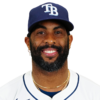
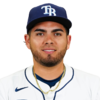

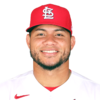
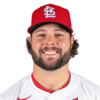
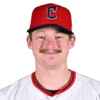
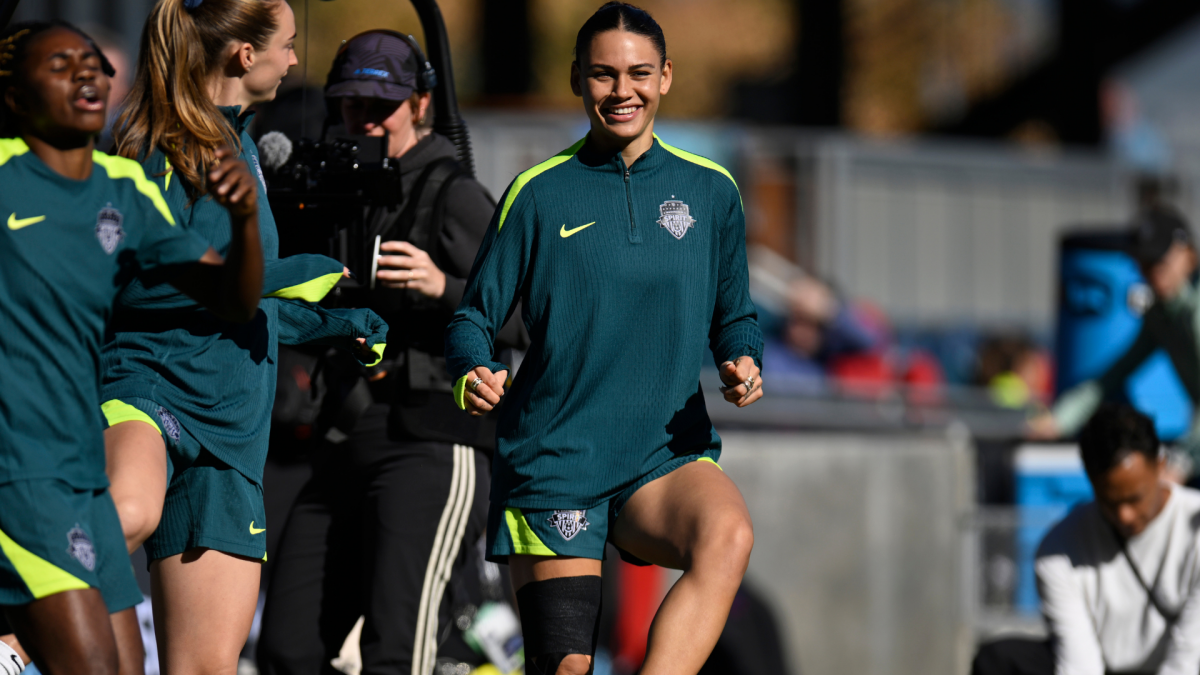

Be the first to leave a comment